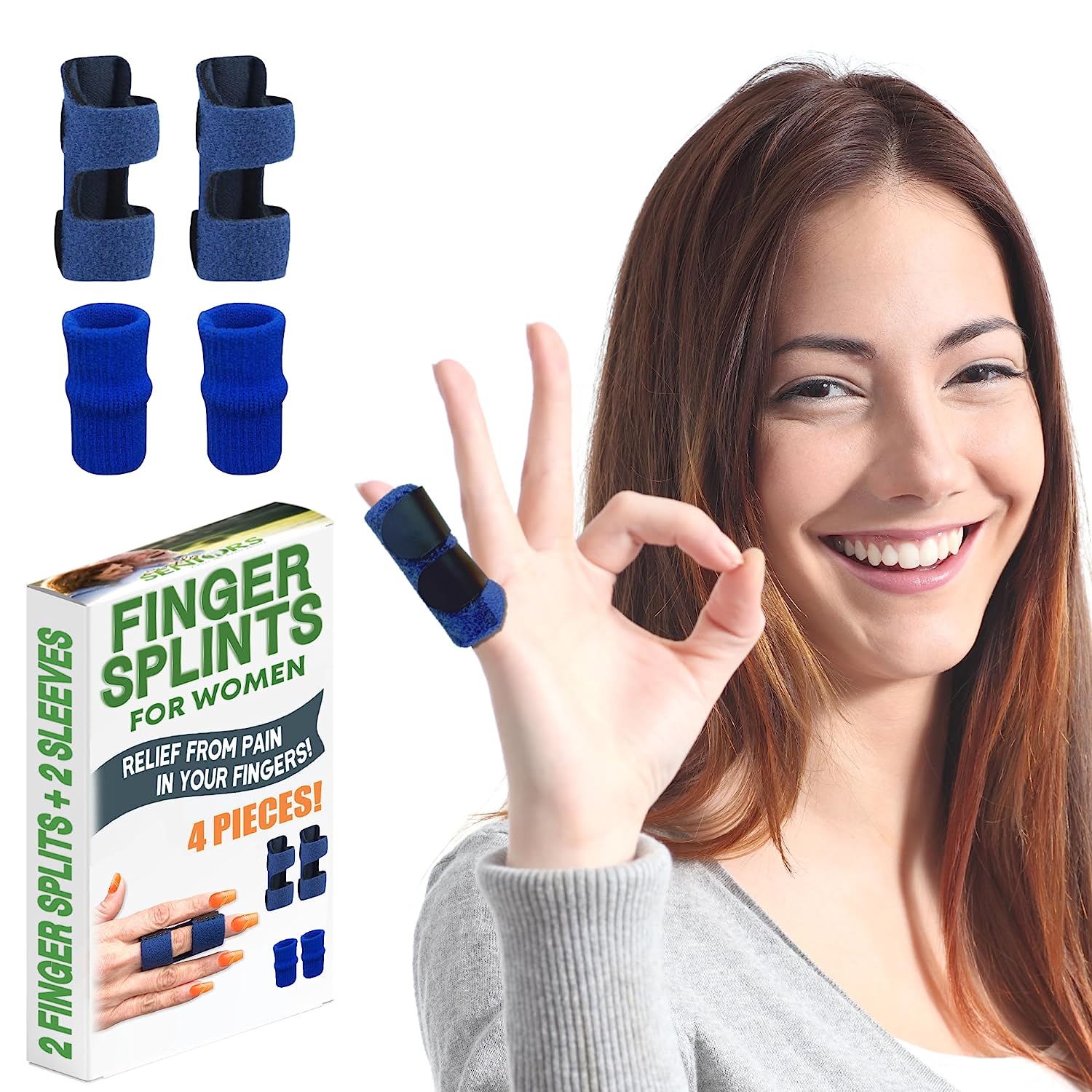Sports have always been a powerful vehicle for empowerment and self-expression, transcending gender boundaries. Women’s participation in sports has grown exponentially over the years, leading to remarkable achievements. However, with increased sports involvement comes a higher risk of injuries, including those affecting the fingers. Finger injuries are not uncommon in the world of sports, and for female athletes, these injuries can be particularly challenging. This article will explore the role of finger splints in sports-related finger injuries for women and strategies for a safe return to athletic activities.
Understanding the Importance of Finger Health
Fingers may be small, but they play a significant role in athletic performance. Whether it’s gripping a tennis racket, catching a basketball, or executing a flawless gymnastic routine, fingers are involved. Consequently, finger injuries can have a substantial impact on an athlete’s ability to participate in their chosen sport.
Common finger injuries in sports include fractures, sprains, dislocations, and ligament damage. These injuries can cause pain, swelling, and limited mobility, making it difficult for female athletes to excel in their respective disciplines.
The Role of Finger Splints
Finger splints are a crucial tool in the recovery process for sports-related finger injuries. They provide stability to the injured finger, preventing further damage while allowing the surrounding tissues to heal. Here’s how finger splints can help women athletes:
1. Immobilization:
Splints immobilize the injured finger, reducing the risk of exacerbating the injury during physical activity or daily tasks.
2. Pain Relief:
Finger splints can alleviate pain by limiting movement and reducing stress on the injured area.
3. Support and Protection:
Splints provide support and protection, allowing athletes to engage in modified training and rehabilitation exercises without compromising finger health.
4. Faster Healing:
By minimizing strain and ensuring proper alignment, finger splints promote faster healing and reduce the chances of long-term complications.
Strategies for a Safe Return to Athletic Activities
Returning to sports after a finger injury is a carefully managed process that requires patience and diligence. Here are some strategies to facilitate a safe and successful return to athletic activities:
1. Consult a Healthcare Professional:
Before resuming sports activities, it’s crucial for women athletes to consult with a sports medicine specialist or orthopedic surgeon. A professional evaluation can determine the extent of the injury, the effectiveness of treatment, and the readiness to return to sports.
2. Follow a Rehabilitation Plan:
A tailored rehabilitation plan is essential. Physical therapists can design exercises and stretches that help regain finger strength and flexibility. These exercises should be performed under supervision to prevent re-injury.
3. Properly Fit Finger Splints:
Selecting the right finger splint is critical. Ill-fitting splints can hinder recovery and potentially cause additional problems. Ensure that the splint is comfortable and provides the necessary support.
4. Gradual Progression:
Returning to sports should be gradual. Start with low-impact activities and gradually increase intensity. Monitor how the finger responds and adjust the training regimen accordingly.
5. Protective Gear:
Depending on the sport, consider wearing protective gear like finger sleeves or gloves that provide extra support and minimize the risk of further injury.
6. Listen to Your Body:
Pain or discomfort during or after sports activities is a sign that the finger is not yet fully healed. Women athletes should listen to their bodies and not rush the recovery process.
7. Mental Preparation:
Recovering from a finger injury can be mentally challenging. Athletes should work on their mental resilience, staying focused on their long-term goals and the joy of participation.
Conclusion
finger injuries can be a formidable obstacle for women in sports, but they need not be a career-ending setback. With the right approach, including the use of finger splints, professional guidance, and a commitment to gradual recovery, female athletes can safely return to their favorite sports. Simply Seniors is proud to support women in sports and their journey to recovery and success.
For more information on finger splints and related products, please visit [Simply Seniors](https://www.simplyseniors.com). We’re here to support your active lifestyle at every stage of life.


